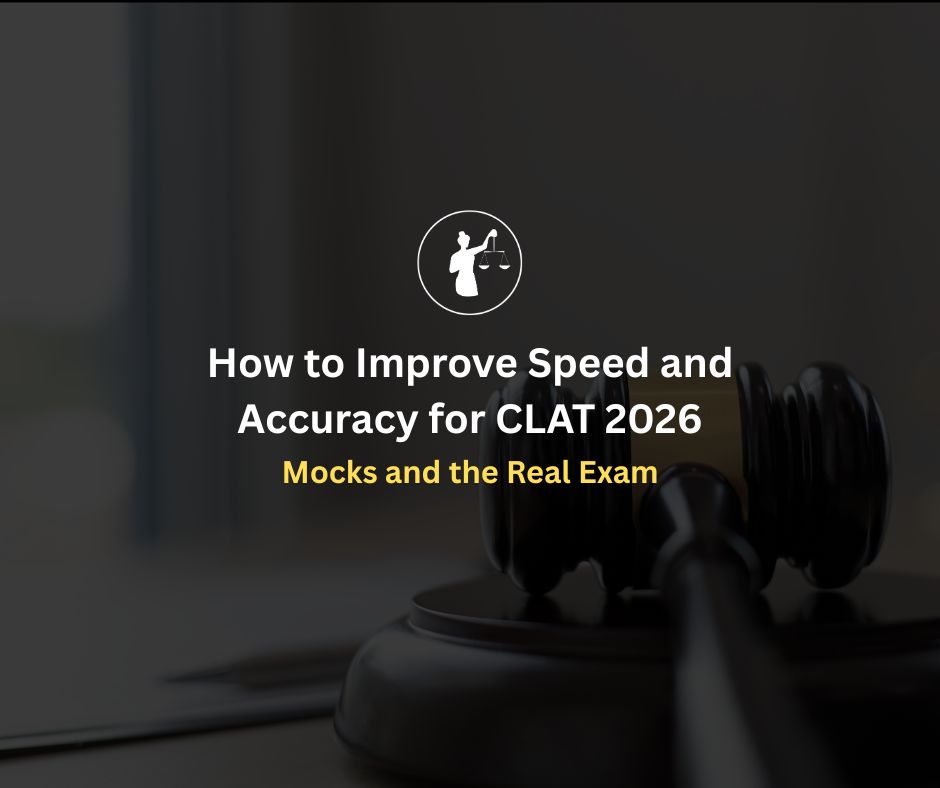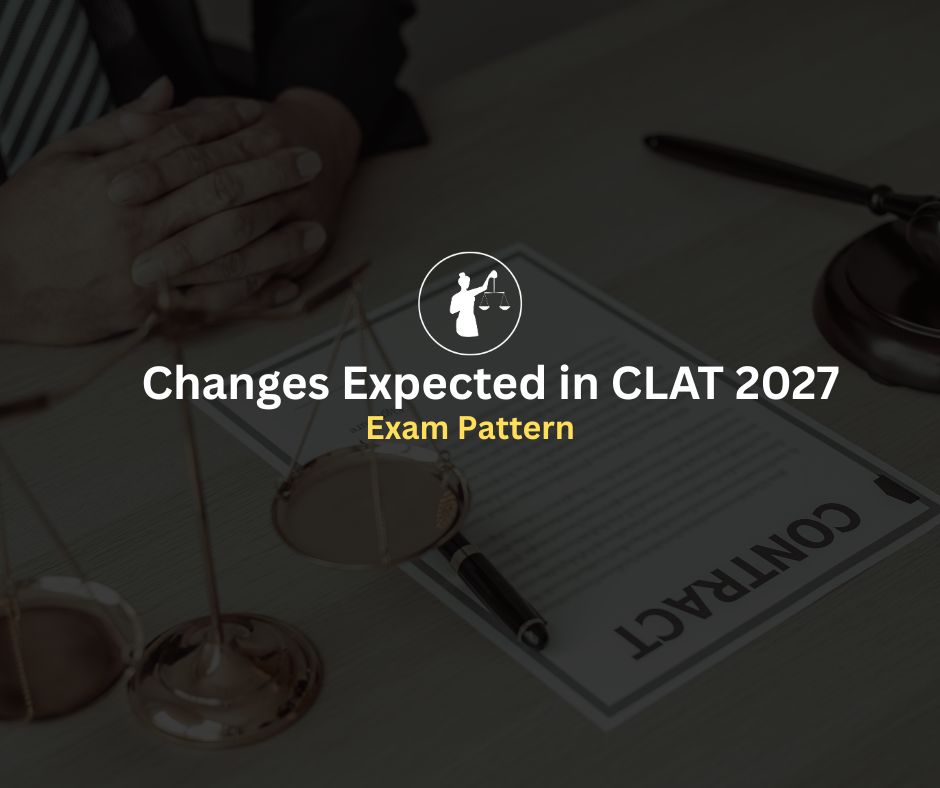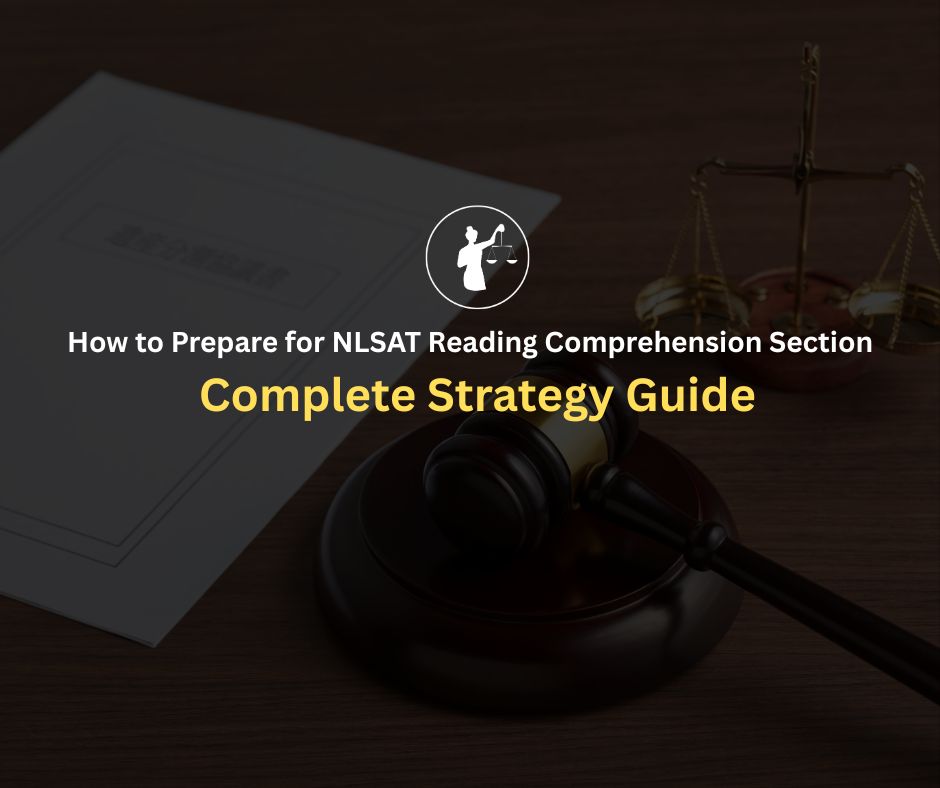
Every CLAT aspirant knows the pressure of racing against the clock. In the 120-minute exam, every second counts, and the real challenge isn’t knowledge but balance. Some students read fast but commit avoidable errors, while others stay accurate yet leave sections incomplete. Mastering CLAT 2026 speed and accuracy isn’t about random practice; it’s about learning exam rhythm and knowing when to read, when to skip, and when to move on.
This guide combines expert-tested CLAT mock test strategy methods and practical CLAT preparation 2026 frameworks that build both speed and precision. By the end, you’ll understand not just how to answer faster, but how to answer smarter.
Best CLAT Coaching Online 2026–2027 by NLTI
CLAT 2026 comprises 120 questions in 120 minutes, testing not just intellect but decision-making under time stress. The top 1% of candidates don’t attempt the most questions; they attempt the right ones.
Speed ensures coverage; accuracy ensures conversion. Together, they determine your percentile.
Unlike other exams, CLAT penalizes careless guessing with negative marking, so every rushed click matters. CLAT preparation 2026 must therefore focus on building comprehension stamina, logical consistency, and time awareness.
Top performers dedicate 30% of their preparation time to refining timing, endurance, and passage-handling speed, making this a crucial part of any CLAT mock test strategy.
Improving CLAT 2026 speed and accuracy requires understanding what slows you down: over-reading, indecision, or lack of familiarity with question structures.
Let’s break this section-wise:
English and Legal Reasoning: Reading speed depends on vocabulary, eye span, and comprehension mapping.
Logical Reasoning: Accuracy depends on pattern recognition and inference control.
Current Affairs/GK: Speed improves with retrieval recall — quick memory access to facts.
Quantitative Techniques: Speed comes from estimation and visual data processing.
For example, in Legal passages, identifying the “principle sentence” before reading facts can save 20 seconds per question. In Quant, estimating rather than solving every digit can reduce total solving time by 40%.
CLAT preparation 2026 should therefore focus not on solving more, but on training section-specific reflexes.
Read More: CLAT 2026 Section-Wise Strategy for All Subjects
A structured CLAT mock test strategy is the fastest route to measurable improvement.
Step 1: Set Section Timing Goals
Divide your 120 minutes wisely:
Legal + Logical Reasoning: 60 minutes
English + GK: 40 minutes
Quantitative Techniques: 20 minutes
Legal Reasoning should come first, it’s predictable, conceptual, and offers high accuracy potential early in the test.
Step 2: Apply the “Two-Pass Rule”
First Pass: Attempt only confident questions. Skip uncertain or lengthy ones.
Second Pass: Revisit skipped questions later with remaining time.
This method improves effective speed by 15–20%, preventing panic and over-attempting.
Step 3: Maintain a Personalized Mock Log
For every mock, record:
Section-wise time
Accuracy percentage
Common error types
Analyzing this log after every 3–4 mocks helps identify if you’re losing time in comprehension, reasoning, or hesitation.
Step 4: Build Endurance Through Fatigue Training
Simulate real exam conditions by taking two back-to-back mocks once a week. This builds mental stamina for long concentration spans, critical to sustain CLAT 2026 speed and accuracy under pressure.
Step 5: Analyze Every Mock Twice
First Review: Identify knowledge gaps.
Second Review: Examine time allocation.
The combination reveals whether your issue is conceptual or tactical, a key insight for CLAT preparation 2026 refinement.
Read More: Top CLAT Coaching Packages for Every Budget
Result: Practicing these small optimizations regularly can save 10–12 minutes per test while maintaining or even improving accuracy. Over time, this becomes muscle memory, the foundation of elite-level CLAT 2026 speed and accuracy.
Read More: Time Management Tips Every CLAT 2026 Aspirant Needs
Even advanced students fall into recurring traps:
1. Rushing Through Passages: Reading fast without comprehension leads to careless errors.
Fix: Use scanning, not skimming; read topic sentences, but grasp logic.
2. Over-Attempting: More attempts don’t always mean higher scores.
Fix: Cap your risk tolerance; aim for 85% attempts with 80% accuracy.
3. Ignoring Time Tracking: Many never time their mocks, missing the bigger pattern.
Fix: Use stopwatch logs per section.
4. Skipping Review of Correct Answers: Right answers may hide flawed reasoning.
Fix: Review both correct and wrong responses.
5. Practicing Randomly: Jumping between topics reduces retention.
Fix: Build a layered study order: Legal → Logical → English → GK → Quant.
Each of these fixes ensures measurable improvement within 2–3 mock cycles.
Toppers don’t just study harder, they study smarter. Here’s what they do differently:
1-Minute Reading Drills: Read a 120-word passage and summarize it in 60 seconds daily.
Reverse Analysis: In Logical Reasoning, study the options before the passage to predict conclusions faster.
Accuracy First, Speed Later: Focus on achieving 80% accuracy before expanding attempts.
Mock Reflection Journal: After every test, note one improvement area.
These habits refine both CLAT 2026 speed and accuracy, creating sharp analytical instincts and calm decision-making.
Most top scorers show exponential growth after 25–30 well-analyzed mocks following a structured CLAT mock test strategy.
Read More: Mastering Legal Comprehension Passages for CLAT
Time management isn’t just about the exam; it’s a daily habit.
Follow these CLAT time management tips during practice:
Fix your section order and stick to it Legal → Logical → English → GK → Quant.
Never pause mid-mock; simulate the real environment.
Schedule GK and Legal reasoning revision during high-focus hours (morning).
Keep short breaks between intense sessions to prevent mental fatigue.
Consistent timing builds automatic pacing, turning CLAT preparation 2026 into a predictable, disciplined process.
Read More: Top 10 CLAT 2026 Prep Mistakes and How to Avoid Them
At NLTI, speed and precision aren’t taught separately; they’re trained together. The institute’s ecosystem blends expert mentorship, advanced analytics, and habit-based feedback to create measurable improvement in every aspirant.
Key NLTI Advantages:
Timed Mock Framework:
LegalEdge-standard mock tests built to mirror the exact CLAT 2026 pattern and difficulty.
Personalized Mentor Feedback:
NLSIU mentors track time-waste patterns, pacing errors, and comprehension delays to help students optimize.
Error Log Analytics:
A detailed dashboard tracks per-section speed, accuracy percentages, and percentile progress quantifying growth.
Falcon Batch Access:
A free, full-syllabus course that integrates weekly speed drills, practice sets, and live mock discussions.
GK Booster 4.0:
Reduces prep time by providing curated legal-current affairs capsules, a key tool for balancing GK consistency with other sections.
With NLTI’s mentorship-driven CLAT mock test strategy, students learn how to control pace, improve focus, and sustain high performance in both mocks and the real exam.
NLTI’s approach turns random practice into data-driven mastery, the formula behind true CLAT 2026 speed and accuracy.
In CLAT, speed without accuracy is reckless; accuracy without speed is incomplete. The sweet spot lies in mastering timing and decision-making through structured practice.
Each second saved is an opportunity earned, and each accurate question is a mark closer to your NLU dream.
Through disciplined mocks, structured analysis, and professional mentorship, you can master this balance.
With NLTI’s guided CLAT mock test strategy, aspirants don’t just prepare, they condition themselves for success.
Consistency, control, and clarity are the three pillars of CLAT preparation 2026, and they begin with mastering speed and precision.
1. How can I improve my CLAT 2026 speed and accuracy effectively?
Focus on daily reading drills, timed mocks, and structured analysis. Use the two-pass rule to balance attempt speed and accuracy during your CLAT mock test strategy.
2. What is the best way to practice for CLAT 2026 mock tests?
Simulate the real exam environment, 120 questions in 120 minutes, and analyze every test twice for conceptual and timing errors. This strengthens your CLAT mock test strategy.
3. How many mock tests should I take for effective CLAT preparation in 2026?
Ideally, attempt 30–35 full-length mocks and 40–50 sectionals. Consistent practice builds real exam endurance and CLAT 2026 speed and accuracy.
4. What are common mistakes that reduce accuracy in CLAT?
Skipping comprehension, over-attempting guesses, and ignoring mock reviews often hurt accuracy. The solution is targeted revision and structured time control.
5. How can I increase my reading speed for CLAT 2026?
Practice 1-minute reading drills using editorials from The Hindu or Indian Express. Summarize passages quickly to improve comprehension speed, a key CLAT 2026 study hack.
6. Does solving more questions always improve CLAT accuracy?
No. Attempting more without precision leads to negative marking. Prioritize confident attempts; smart selection is central to CLAT 2026 speed and accuracy.
7. How do I manage time across sections in CLAT 2026?
Follow the 60–40–20 rule: 60 minutes for Legal + Logical, 40 for English + GK, and 20 for Quant. It’s a proven CLAT time management tip used by toppers.
8. What is the ideal CLAT mock test strategy before the real exam?
In the last month, take alternate-day mocks at the exact exam slot. Focus on endurance, pacing, and calm execution are not new concepts.
9. How does NLTI help improve CLAT 2026 speed and accuracy?
NLTI offers structured mocks, mentor feedback, and analytics tools that track timing and error patterns, making it the most reliable system for measurable CLAT score improvement.
10. Can I improve my CLAT accuracy in one month?
Yes, with focused practice. Analyze every mock, reduce negative marking, and revise frequently tested principles. Even small refinements can boost CLAT exam performance quickly.





